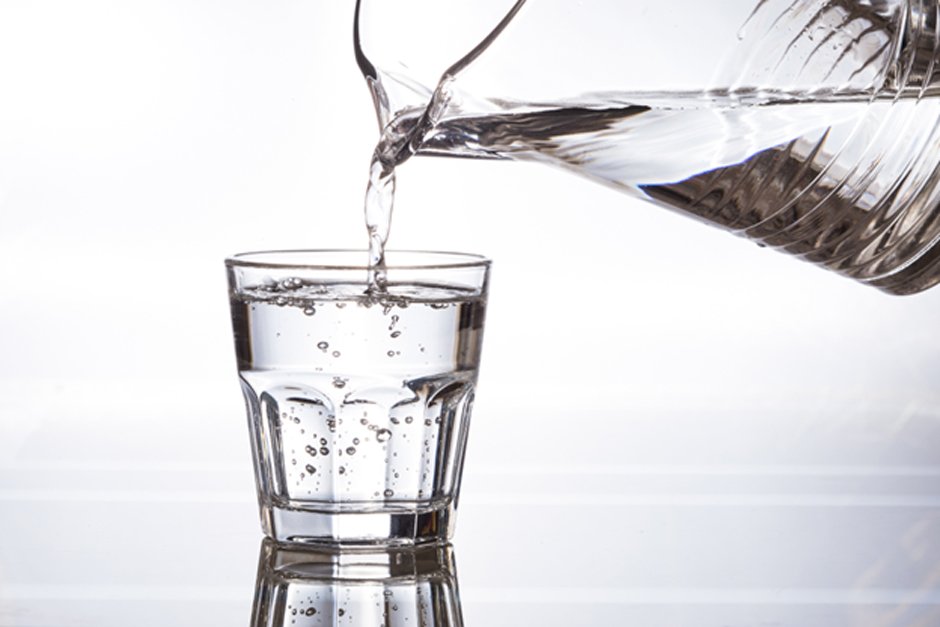Clean and safe drinking water is the foundation of good health. Yet, with rising concerns over water quality and the presence of contaminants, the age-old question of “Is my tap water safe to drink?” is more pressing than ever. Home water filtration systems offer a solution, but choosing the right one can be daunting in a market flooded with options. Whether you’re eyeing a pitcher, faucet-mounted device, or whole-house system, this comprehensive guide will help you navigate the labyrinth of choices to find the perfect water filtration system for your home.
Understanding Water Quality
Before diving into the world of water filtration systems, it’s essential to understand the basics of water quality. Factors such as the source of your water, the age and condition of your pipes, and local geological makeup can all impact tap water quality. Municipalities must conduct regular testing for regulated contaminants, but some unregulated contaminants may still exist. It’s also important to note that water quality can vary daily, so just because your water passed a test last month doesn’t mean it’s always safe to drink.
Types of Water Filtration Systems
Water filtration systems come in various forms and use different methods to remove contaminants from water. Here are the most common types:
Carbon Filters
Carbon filters use activated carbon, a form of porous carbon with an increased surface area, to trap impurities as water passes through it. These systems effectively remove chlorine, sediment, volatile organic compounds (VOCs), and some heavy metals. However, they may not be effective against bacteria or viruses.
Reverse Osmosis
Reverse osmosis (RO) systems use a semi-permeable membrane to filter out harmful substances from water. The process involves forcing water through the membrane, leaving behind contaminants that are too large to pass through. RO systems can remove bacteria, viruses, heavy metals, and other impurities, making them one of the most effective methods for purifying water.
UV Filters
UV filters use ultraviolet light to kill bacteria and viruses in the water. They are often used with other filtration systems, such as carbon filters, to provide a final purification layer. While they effectively disinfect water, they do not remove any other contaminants.
Ion Exchange Filters
Ion exchange filters work by replacing undesirable ions in the water with more desirable ones. This method is typically used to remove heavy metals and reduce water hardness.
Distillation
Distillation involves heating water until it evaporates and then collecting the condensed steam, leaving behind impurities. While effective at removing most contaminants, distillation can also strip water of beneficial minerals.
Investing in a water filtration system can provide peace of mind and improve the quality of your household’s drinking water. Remember to regularly test your water quality and replace filters to ensure your filtration system provides clean and healthy water for you and your family. Call a professional if you experience any issues or have concerns about the effectiveness of your system.









